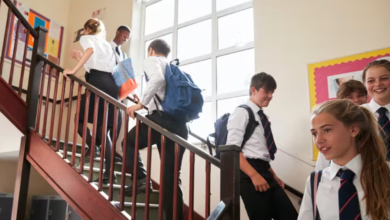Not on your watch: security over the school holidays
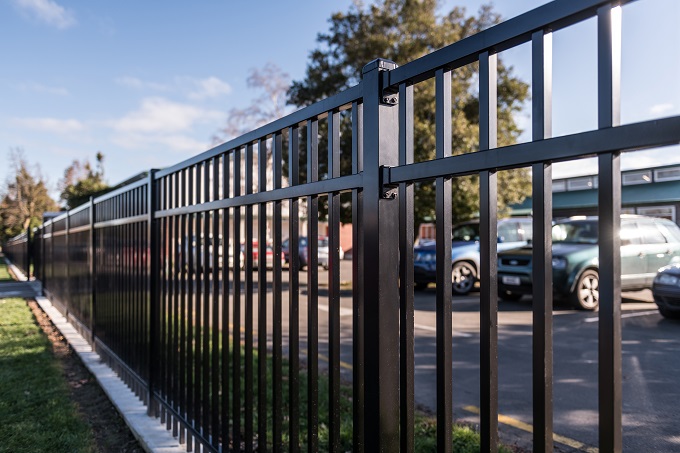
In the most recent school holidays alone, three Taupō primary schools were hit up by vandals.
Tauhara Primary School principal, Anne Cameron told Stuff that slats were broken on painted bench that has been lovingly donated to the school, and those slats were used to smash windows.
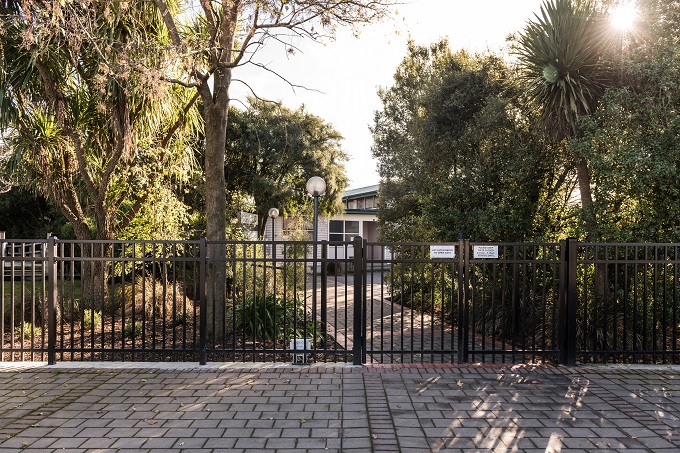
Not only did the vandalism mean the school would have to pay for repairs, but it also frightened the students and staff.
Otorohanga South School staff returned from the holidays to find 20 destroyed windows and another nearby school reported injury to its doors, windows and junior sand pit.
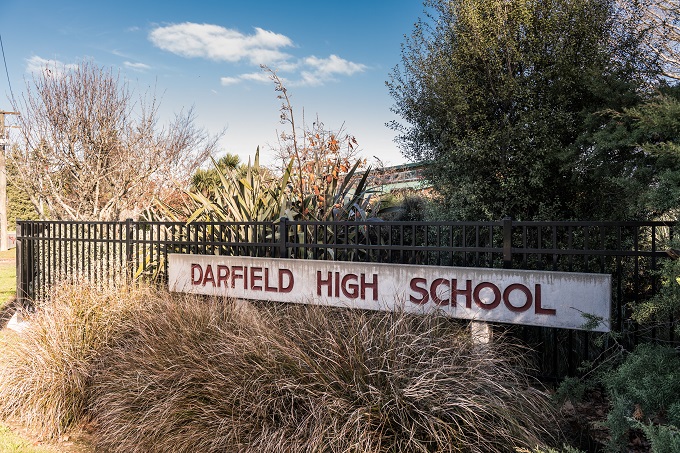
Keeping a school secure over the holidays can be a tricky feat; police often suspect teenagers but it’s rare that anyone comes forward or spots the vandals in action. The best thing schools can do is try to prepare and prevent as much damage as possible.
The first step is risk assessment: the Ministry can even provide a security assessment that is tailored to your school if your school is in vandalism risk category E, or has applied for vandalism top-up funding for three consecutive years. Alternatively, if your school has suffered property damage in the past, the Ministry may pay for a formal security audit.
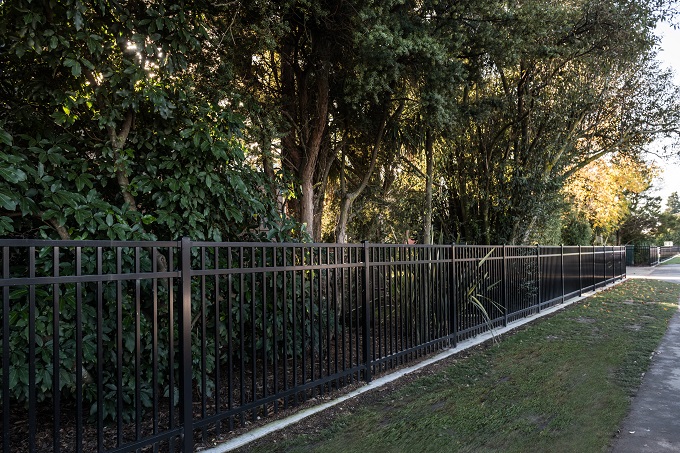
For schools that don’t meet those criteria, you can undertake your own audit by following the Risk Management Planning Tool provided by the Ministry online or use a licensed security consultant who is a member of a professional body, such as the New Zealand Institute of Architects or the Institute of Professional Engineers New Zealand.
Once risk areas have been identified, there are a multitude of ways to strengthen security: clearly signposting alarm systems, CCTV and security patrols is a great way to help deter vandals and thieves. The Ministry suggests placing your signs behind a see-through fence, or somewhere clearly visible but difficult to deface or hide behind.
Security lighting is also important as it will prevent blind spots or dark shadows in CCTV footage and strong visibility will act at a deterrent if would-be vandals know they could easily be seen. Security lighting and infra-red lights have the added benefit of surprising trespassers, discouraging them from entering. The sudden bright lights may also trigger neighbours to keep an eye out or call police. Professionals should be brought in to install the lights in places that will be most impactful and most difficult to deface or disarm.
One of the most effective ways to secure a school after-hours is to establish a strong boundary. With a solid boundary fence, onlookers will note that the school is secure and students, parents and teachers can feel safe during term time. Fencing is popular, as trees or landscaping can be scaled and walls feel too imposing.
School News spoke with Urban Group’s Fergus Stewart about his thoughts and views on creating a safe boundary for schools over the holidays. He suggested: “Selecting a fence that is an open tubular design (such as a tubular aluminium panel) makes it difficult to tag compared to timber fencing. Specifying the correct sized posts is also important. as a minimum, 65×65 posts are recommended. Galvanised steel posts are the best option.”
Interestingly, Fergus revealed that while steel was traditionally used in school fencing applications, there is now a trend towards robust, aluminium fencing due to inherent rusting issues and health and safety concerns. He insisted that it is essential for a school fence to have square vertical bars, at least 25x25mm in size to ensure adequate robustness and that “fencing with spikes, while might seem a good idea to keep intruders out, are now illegal to install around school grounds”.
On funding and Ministry regulations, he said: “Current Ministry of Education specifications call for a fence of at least 1.5m high, but I would recommend going 1.8m to futureproof the school as this is a lot more difficult to climb.
“Funding for school fences is usually easy to obtain through the ministry of education if, for example, there is a significant health and safety issue prevalent, such as a busy main road (100 km/ph) or a special needs application where a student is inclined to leave school grounds.”



